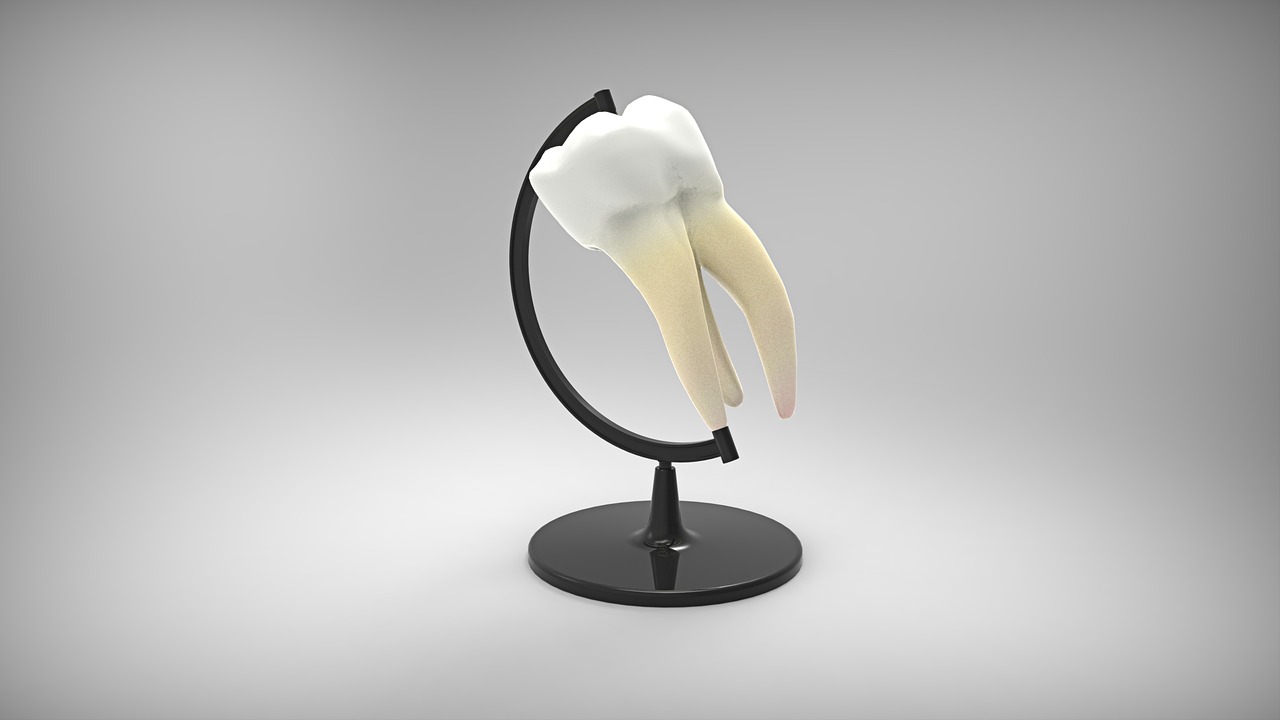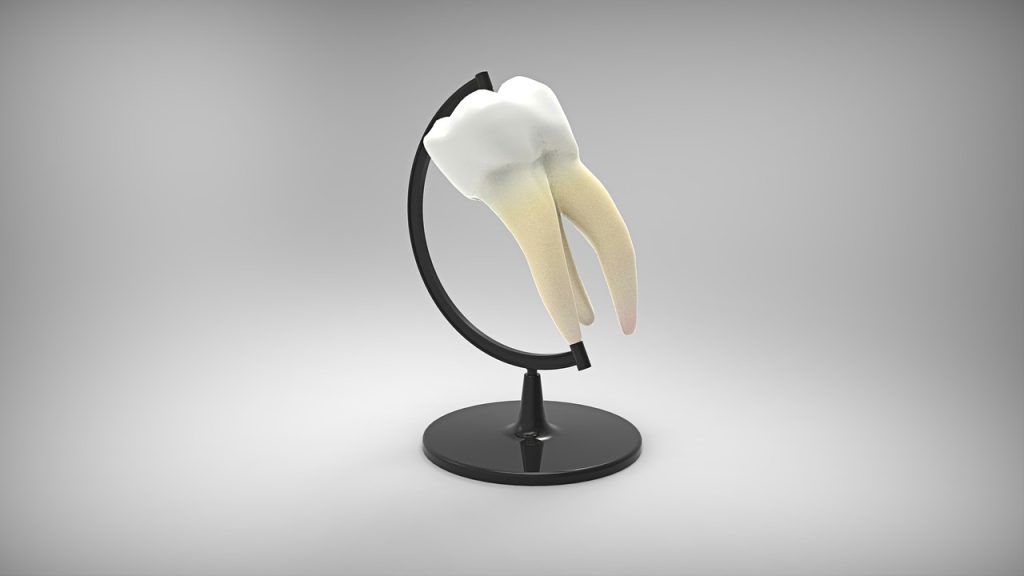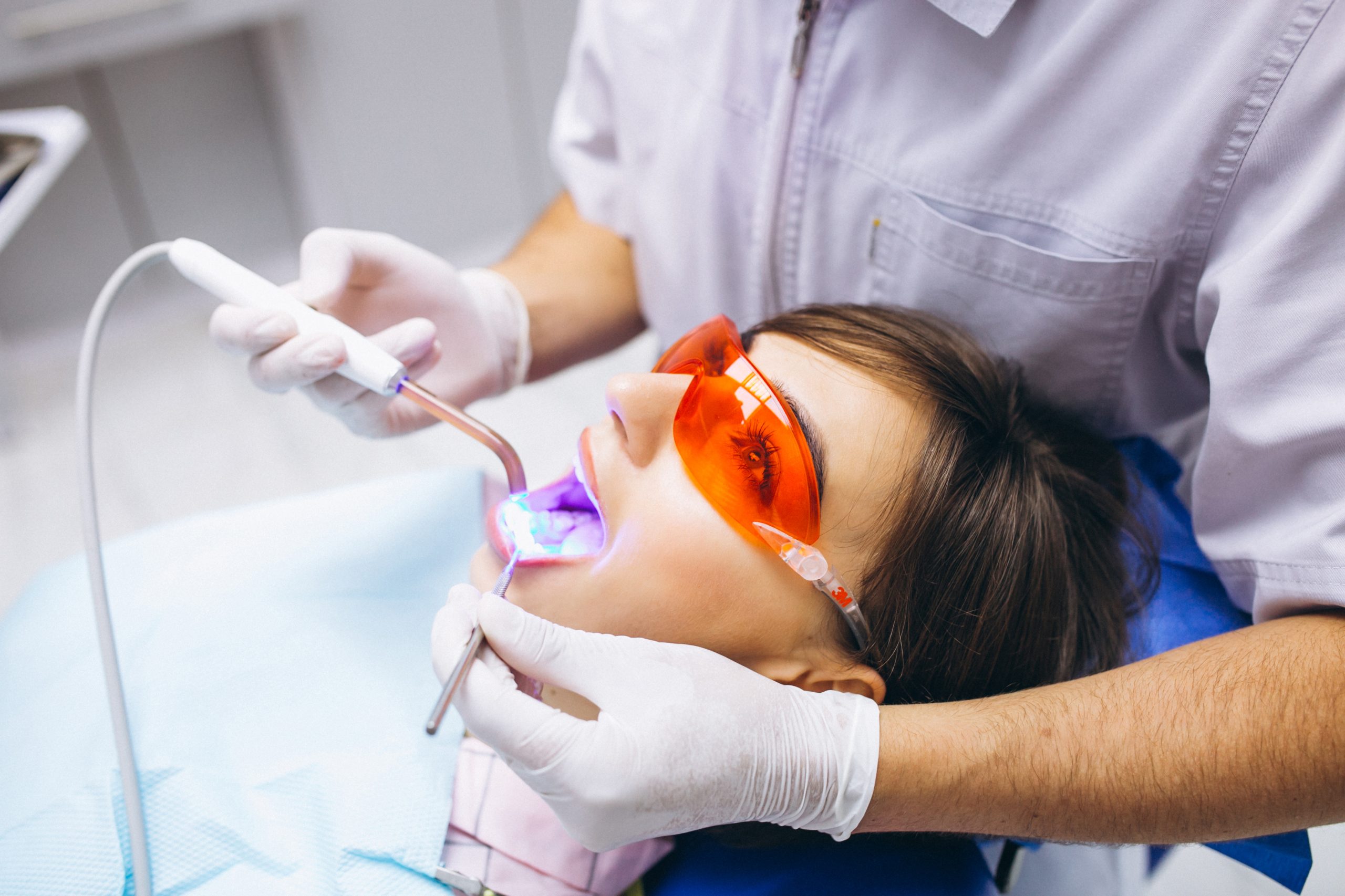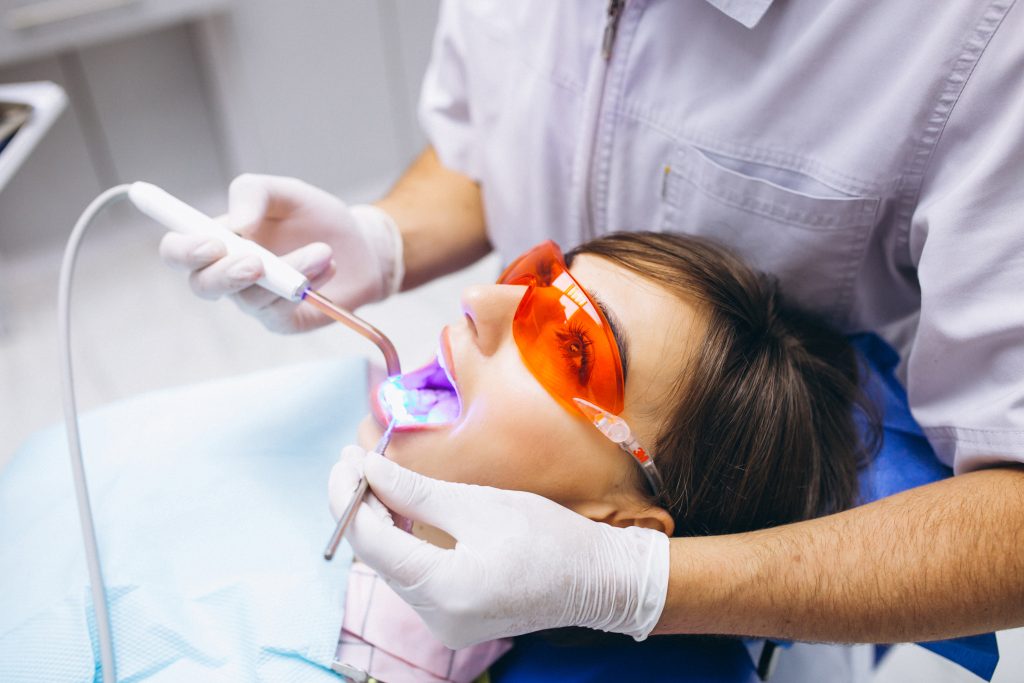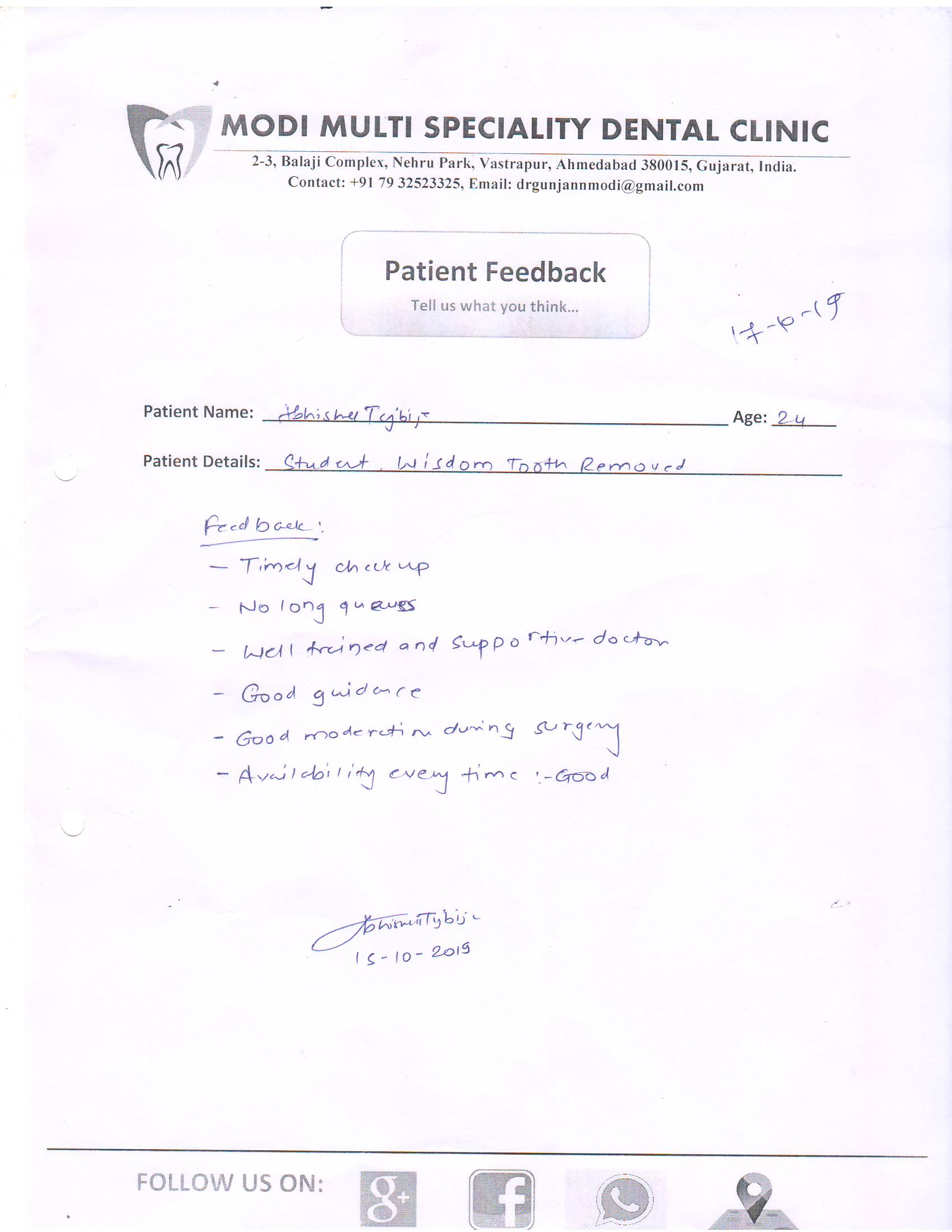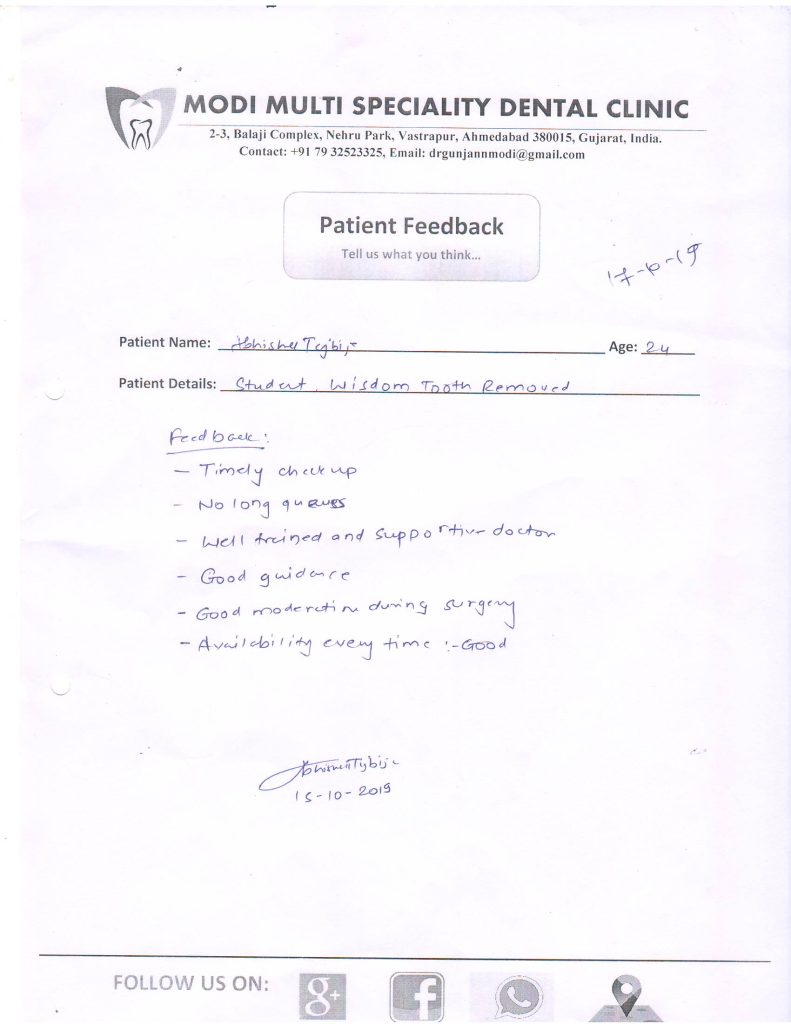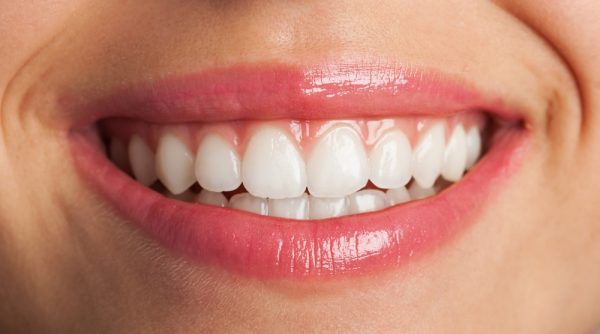The Many Factors Influencing Patient Hygiene Practices
The Many Factors Influencing Patient Hygiene Practices

Maintaining proper hygiene is essential for health and well-being, especially for patients in clinical or long-term care settings. However, patient hygiene practices can vary widely, and understanding the reasons behind these differences is key to improving care outcomes and promoting healthier habits.
In this blog, we explore the many factors—both internal and external—that influence patient hygiene practices and how healthcare providers can better support patients in maintaining good personal hygiene.
1. Physical and Cognitive Limitations
Patients with certain medical conditions may struggle with hygiene tasks due to:
-
Mobility issues (e.g., arthritis, stroke, post-surgery recovery)
-
Chronic pain or fatigue
-
Neurological disorders (e.g., dementia, Parkinson’s disease)
-
Developmental disabilities
These limitations can make it physically difficult to bathe, brush teeth, or perform other hygiene-related activities without assistance.
2. Psychological and Emotional Health
Mental health plays a significant role in personal hygiene. Conditions like:
-
Depression
-
Anxiety
-
Post-traumatic stress disorder (PTSD)
-
Obsessive-compulsive disorder (OCD)
can interfere with motivation, energy levels, and routine self-care. For example, a person with severe depression may lack the drive to shower or brush their teeth regularly.
3. Cultural and Social Beliefs
Cultural norms and traditions significantly influence hygiene behaviors. Factors include:
-
Beliefs about cleanliness and purity
-
Customs regarding bathing frequency or use of hygiene products
-
Privacy concerns
-
Gender roles in care and grooming
Understanding a patient’s cultural background is crucial for respectful and effective care.
4. Educational Background and Health Literacy
Patients with limited knowledge of hygiene’s importance or those with low health literacy may not fully understand the connection between cleanliness and disease prevention. Education and clear communication from healthcare providers can make a substantial difference.
5. Environmental and Economic Factors
Access to resources plays a major role:
-
Availability of clean water and hygiene products
-
Living conditions (e.g., homelessness, overcrowded housing)
-
Financial barriers to purchasing soap, toothpaste, or sanitary products
In institutional settings, inadequate staffing or equipment can also impact hygiene care.
6. Age and Life Stage
-
Young children depend on caregivers for hygiene.
-
Adolescents may experiment or neglect hygiene due to peer influence or body image issues.
-
Elderly patients may face declining physical or cognitive function, requiring more support.
Each life stage presents unique challenges and care needs.
7. Healthcare Setting and Support
In hospitals, nursing homes, or home care environments, the level of staff training, time availability, and institutional policies directly affect hygiene standards. Compassionate, patient-centered care models tend to yield better hygiene outcomes.
8. Patient Autonomy and Preferences
Some patients resist hygiene care due to a desire for privacy, embarrassment, or past trauma. Respecting boundaries and building trust is essential to improving compliance and cooperation.
Improving Hygiene Practices: A Collaborative Approach
To support better hygiene habits among patients:
-
Conduct personalized hygiene assessments
-
Provide education and visual aids
-
Ensure access to supplies and facilities
-
Offer emotional support and encouragement
-
Involve family members or caregivers when appropriate
-
Practice culturally sensitive communication
Final Thoughts
Hygiene is more than just a routine—it’s a reflection of a person’s health, dignity, and environment. Recognizing the many factors that influence patient hygiene practices allows healthcare professionals to deliver more compassionate, effective, and individualized care.
By understanding the barriers patients face and addressing them with empathy and resources, we can foster healthier lives and improved outcomes across all care settings.
Notifications
- Dental Awareness Camp at Sun Atmosphere in Shela – 14th Dec,2025Dental Awareness Camp at Sun Atmosphere in Shela – 14th …
Read More "Dental Awareness Camp at Sun Atmosphere in Shela – 14th Dec,2025"
- Empanelment with ESIC and Dentistium ClinicsEmpanelment with ESIC and Dentistium Clinics Dentistium Clinics is pleased …
- Dental Awareness Camp at Gala Eternia, Vastrapur – 14th Dec, 2025Dental Awareness Camp at Gala Eternia, Vastrapur – 14th Dec,2025 …
Read More "Dental Awareness Camp at Gala Eternia, Vastrapur – 14th Dec, 2025"
Recent Posts
- What Causes Bad Breath? Common Reasons You Should Know
 Bad breath, also known as halitosis, is a common oral …
Bad breath, also known as halitosis, is a common oral …Read More "What Causes Bad Breath? Common Reasons You Should Know"
- dentistium dental clinic vastrapur and shela
 rfgt
rfgt - Dental Implants: Procedure, Purpose & Benefits
 Dental Implants: Procedure, Purpose & Benefits When it comes to …
Dental Implants: Procedure, Purpose & Benefits When it comes to …
- December 2025 (7)
- November 2025 (4)
- October 2025 (4)
- September 2025 (8)
- August 2025 (7)
- July 2025 (6)
- June 2025 (5)
- May 2025 (53)
- April 2025 (2)
- March 2025 (3)
- January 2025 (2)
- November 2024 (1)
- April 2024 (1)
88,321 hits
.
Most Searched Pharmacy products on our site
-
-
-
₹2,450.00Rated 0 out of 5
Experience powerful oral care with the PRO200V PORCLEAN Water Flosser....
-
.
.












